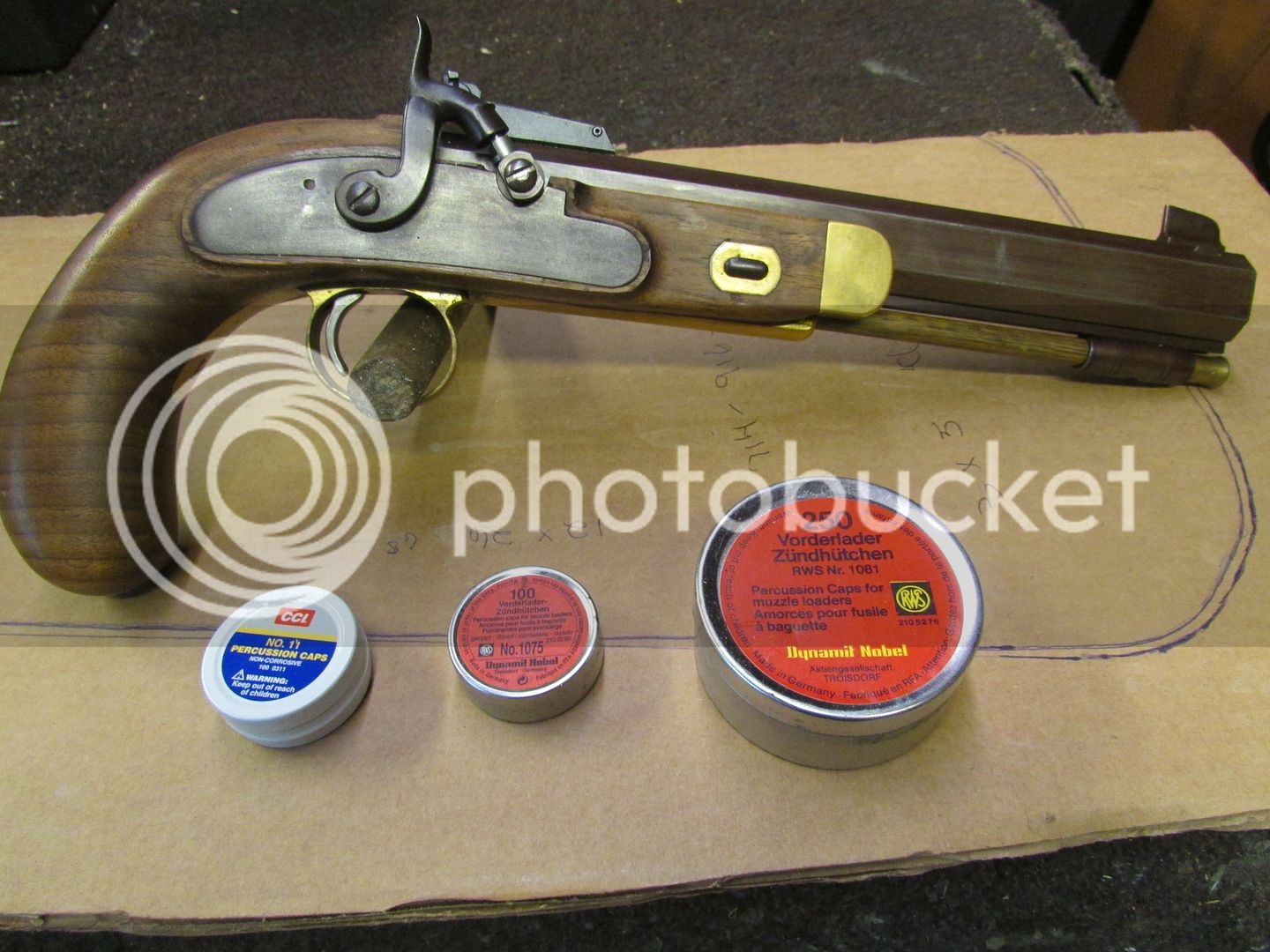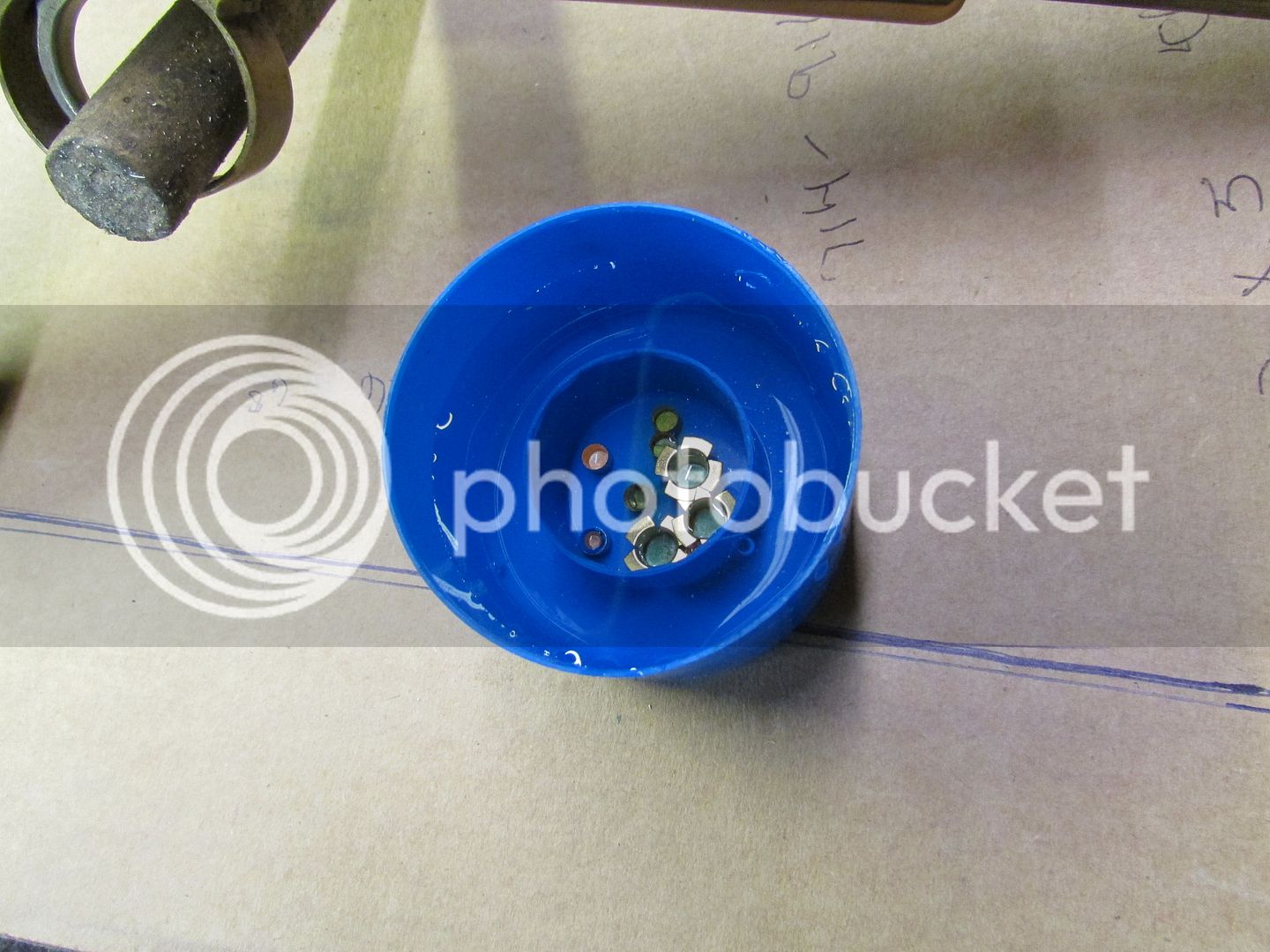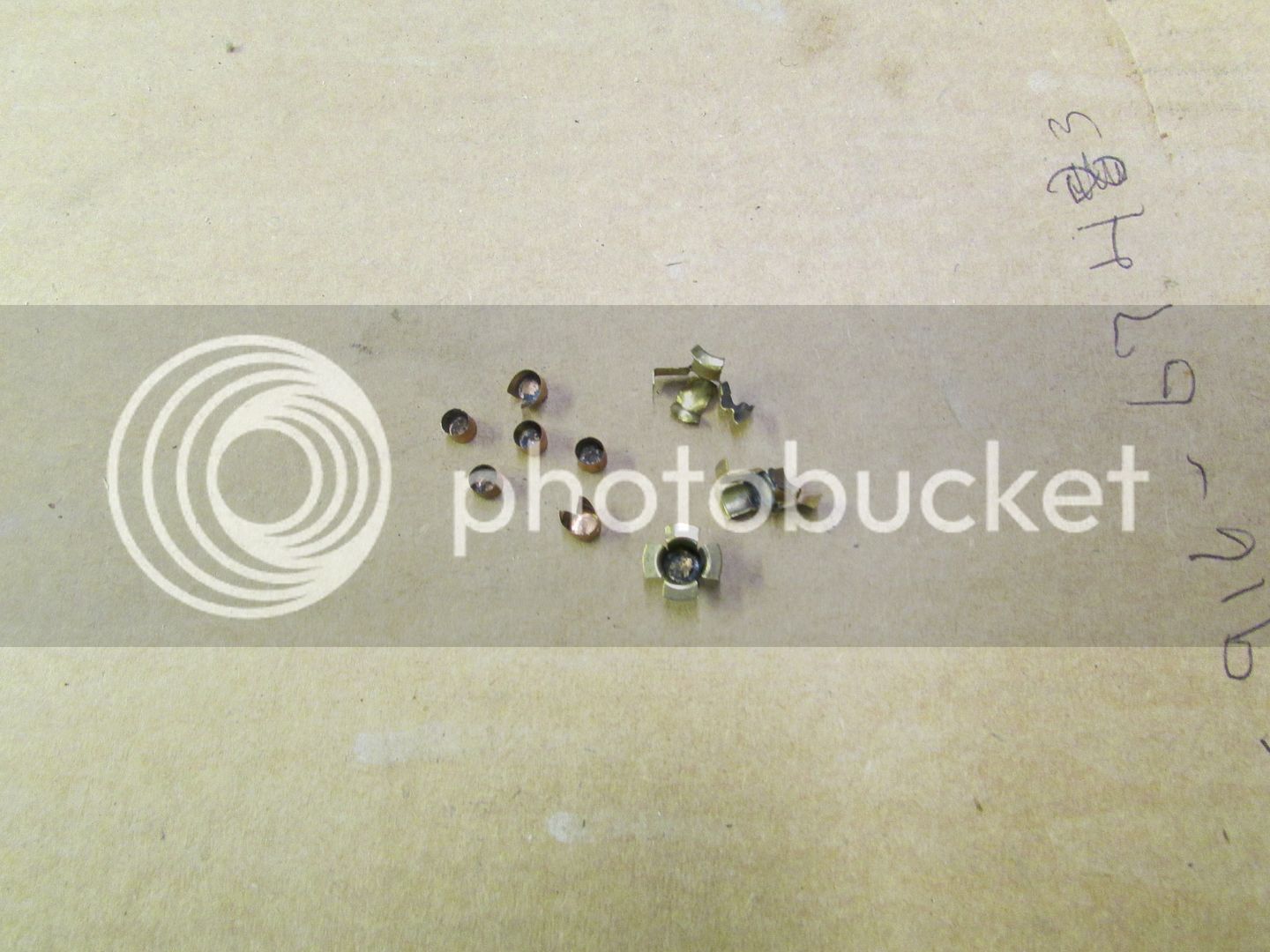PLEASE understand this is not meant to be critical of you or any individual.
Scipio said:
Since the loading process is the same between a flintlock and a percussion rifle, problems with gas sealing in bore are the same.
If you mean how the lubricated patch and ball seal the bore only, then I agree. However, pressure test equipment can easily show the differences in gas pressure and thus velocity depending on how large the vent hole is and/or how large the hole is in the percussion nipple.
Scipio said:
Yes, gas escapes from the vent but I do not believe it has any significant effect on pressures and thus velocity.
How would you know? PLEASE again, don't take that as criticism. One cannot test such things very accurately unless one has barrel pressure test equipment. Further, we don't even try to test such things normally. Most of us normally find the best ball size, patch type/thickness/lubricant and the best grain size and type of powder for the most accurate load and we go with that. As long as the vent in a flintlock is large enough to function properly, that's the sum total most of us do.
Scipio said:
At least I seriously doubt anyone can isolate it well enough to prove it has any significance in the performance of the rifle.
When we shoot at 25 to 50 yards, I doubt tiny differences in vent sizes would mean much. I further doubt that until the range gets to 100 yards, it would easily be noticeable. However, I bet it would make a difference at 200 yards, but most of us never shoot at that range anyway.
What we DO know by long standing empirical evidence is that when either the hole in a percussion nipple or the hole in a flintlock vent grows too large, velocity and performance decreases.
Scipio said:
I think that ensuring the ball is seated consistently on the powder would have far greater effect on the internal ballistics of a ML than how much gas escapes from a vent or nipple.
Well, sure, but what has this got to do with vent hole size?
Scipio said:
Of all the things I can think about that can make or break a precise shot with a muzzle loader, gas escaping from a tiny vent isn't one of them.
Scipio
Again, sure, we human beings make much bigger mistakes that will harm the accuracy of any rifle FAR MORE than tiny differences in vent hole sizes. But I would suggest that is not the point.
I suggest the point should be how to get the best accuracy and function out of a rifle with "mechanical" measures and the best load and loading techniques. When that is done, almost any decent rifle will shoot better to FAR BETTER than most of us can accurately shoot. But at least then we know it is our fault and not the rifle, when accuracy suffers.
Gus








